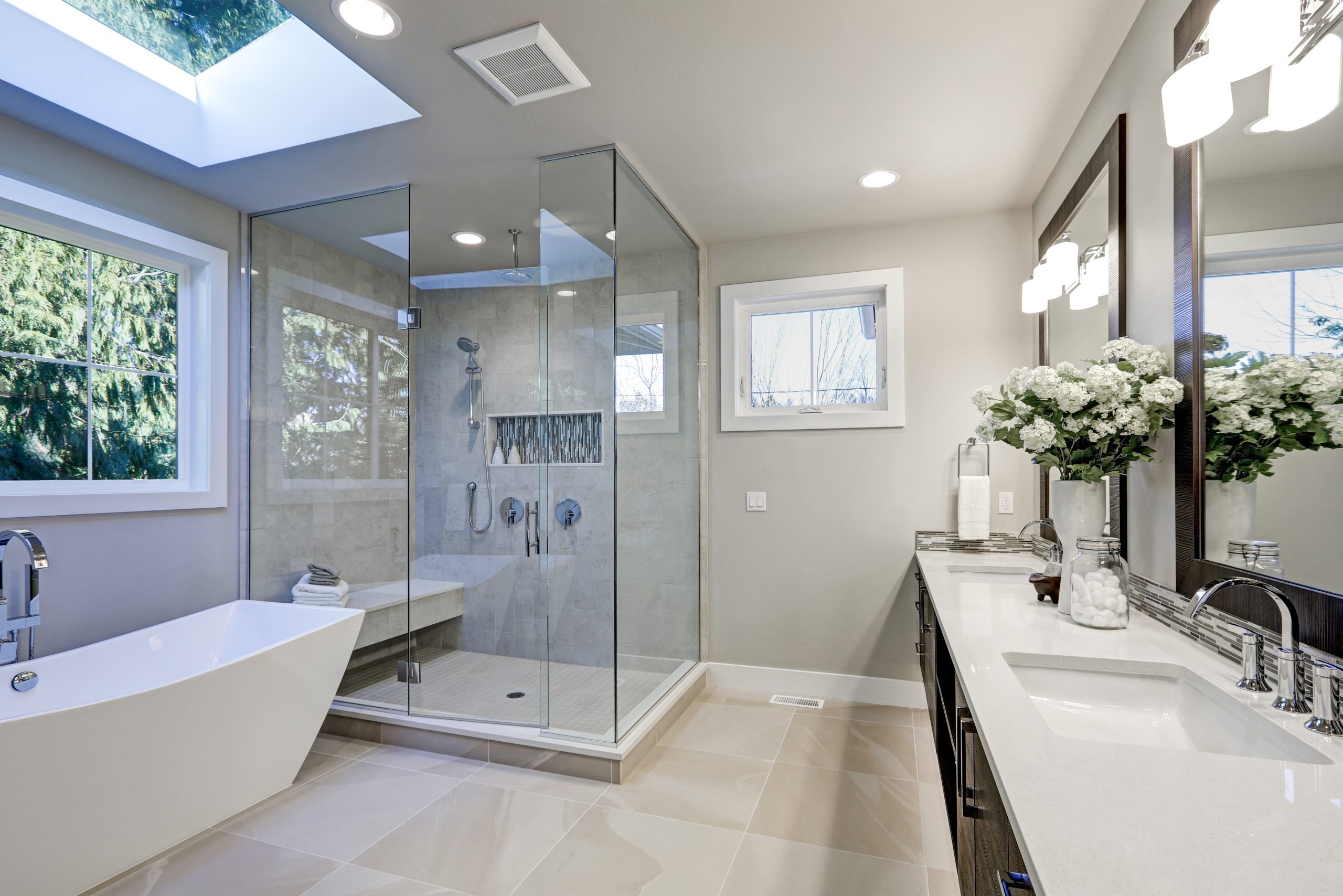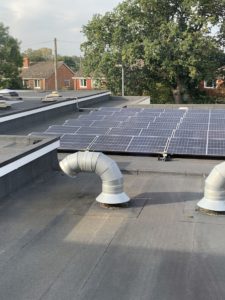The demand for water is steadily growing, meaning water shortages could be on the horizon: we’re talking about how Part G Water Calculations can provide a reliable solution.
The coming years look set to bring them with a battle between higher water consumption, and less water to actually consume. Why? The population is increasing, quickly. Our economy – which has ambitious plans on the cards – is reliant on water. And yet climate change has led to drier seasons and a drop in this vital resource.
Yes, this threat is very real. But, there are some strong solutions striving to stop it before it becomes a reality. One of which is the current calculation for water efficiency in new builds.
What are Part G Water Calculations? Since 2010, Part G Water Calculations are a legal requirement to prove that a new build, extension or conversion is water efficient. This means that the home must not use more than 125 litres of potable water per person per day.
Potable water is that which is safe to drink. These water calculations take into account:
- Taps
- Toilets
- Baths
- Showers
- Any other water-producing appliances
Note: If the development is subject to the BREEAM, the building developer will also be required to reduce internal potable water use further through the Wat 01 category. Also many planning authorities are still requesting water usage equivalent to Code Level 4, which is 105 litres per person per day.
This is all a part of Building Regulations Part 1, and it is calculated by looking into the flow rates of water features of a property.
Why are Part G Water Calculations important?
First of all, Building Regulations demand it. But the bigger picture is just as – if not more – important to consider.
We know that it has never been so important to design and build environmentally conscious homes. It’s our duty as inhabitants of our planet. Energy wastage is creeping up and up, and while we cannot supply all the sustainable solutions for the world, as homeowners – or designers and developers – we can play our role in energy efficiency.
Water output is a major player when it comes to energy consumption. Part G Water Calculations ensure that any new building project wastes as little energy as possible. By ticking that box, you know you have delivered a home that is conscious in its water usage.
And if you don’t play the game? Your SAP calculation will face a serious drop. This can make it very difficult when selling your home – in fact, without a ‘pass’ on your SAP assessment, it simply will not be viable for sale.
In a nutshell? It’s in yours – and the planet’s – best interests.
What impacts your water efficiency?
A lot!
If you’re trying to think of ways to reduce your water consumption for a property, it’s worth looking into:
- The flow rates of showers and taps
- The capacity of bath tubs
- How much water your dishwasher uses per place setting
- Similarly, how much water your washing machines uses per load
- The flush of toilets
- Do you have any rain harvesting technologies?
- Do you have any water softeners?
When should I get my Part G Water Calculation?
Ideally, both in the design stage and on completion, especially if your new build is subject to specific planning conditions which states tighter targets such as 110 or 105 litres per person per day.
As a general rule, it is always good practice to run assessments before your design is complete. It is far easier to make changes at this stage rather in retrospect.
Can Buildpass support me with my Part G Water Calculation?
Absolutely – and we would love to.
Here at Buildpass, we are energy and sustainability (self-professed) geeks. Our team is experienced in running Part G Water Calculations and delivering the advice and recommendations needed to keep your build on track with as little disruption to the process as possible.
We’re all about making life as easy as possible for you. We’re passionate about supporting developers and homeowners towards eco-living, and we want to make that straight forward from the word go.





















